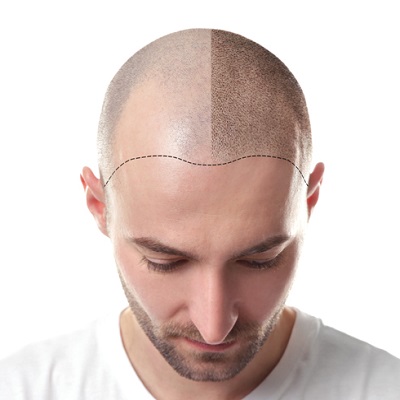Introduction
Hair transplantation has become a popular solution for individuals struggling with hair loss or thinning. As technology and techniques have advanced, the results of hair transplants are increasingly impressive. However, many prospective patients wonder about the longevity of these results. Understanding how long hair transplant results last can help manage expectations and guide decisions regarding treatment. In this comprehensive look, we will explore the factors that influence the longevity of Hair Transplant Muscat results, the typical timeline of hair growth post-transplant, and tips for maintaining optimal results.
Understanding Hair Transplant Techniques
Follicular Unit Transplantation (FUT)
Follicular Unit Transplantation (FUT) involves removing a strip of scalp from the donor area, usually at the back of the head, and dissecting it into individual follicular units. These units are then implanted into the thinning or balding areas. This method can yield dense and natural-looking results but requires a linear incision and has a longer recovery time.
Follicular Unit Extraction (FUE)
Follicular Unit Extraction (FUE) is a less invasive method where individual hair follicles are extracted directly from the donor area and transplanted to the target area. This technique leaves minimal scarring and often results in quicker recovery. FUE is generally preferred for its natural results and reduced downtime.
The Timeline of Hair Growth Post-Transplant
Initial Shedding Phase
Within the first few weeks after a hair transplant, it's common for transplanted hair to shed. This is a normal part of the process known as "shock loss." This phase can be disheartening, but it's important to remember that the hair follicles are not lost but are simply transitioning into a resting phase.
Early Growth Phase
After the initial shedding, new hair growth typically begins around three to four months post-transplant. The new hair may initially be fine and sparse but gradually becomes thicker and more noticeable.
Full Results
Most patients begin to see fuller results from their hair transplant around 12 to 18 months after the procedure. By this time, the transplanted hair has settled into its new location, and growth patterns should closely mimic natural hair growth.
Factors Influencing the Longevity of Hair Transplant Results
Quality of the Procedure
The expertise of the surgeon and the quality of the procedure significantly impact the longevity of the results. Advanced techniques and experienced practitioners are more likely to achieve lasting, natural-looking results.
Donor Hair Characteristics
The health and characteristics of the donor hair play a crucial role in the success of the transplant. Strong, healthy hair follicles from the donor area are more likely to thrive in their new location.
Patient’s Overall Health
A patient’s overall health, including factors like diet, stress levels, and general well-being, can influence the durability of the results. Maintaining a healthy lifestyle supports optimal hair growth and overall success of the transplant.
Post-Transplant Care
Proper aftercare is essential for maintaining hair transplant results. This includes following post-operative instructions, avoiding activities that could stress the newly transplanted hair, and adhering to any prescribed medications or treatments.
Maintaining Long-Term Results
Scalp Care
Maintaining a healthy scalp is crucial for the longevity of hair transplant results. Regular cleansing and moisturizing can help keep the scalp in good condition and promote healthy hair growth.
Lifestyle Choices
Adopting a healthy lifestyle, including a balanced diet rich in vitamins and minerals, can support hair health. Avoiding excessive stress and harmful habits like smoking can also positively impact the longevity of hair transplant results.
Regular Check-Ups
Regular follow-up visits with your hair transplant surgeon can help monitor progress and address any concerns. These check-ups are an opportunity to ensure that the hair growth is on track and to make any necessary adjustments to your care regimen.
Conclusion
Hair transplants offer a promising solution for those experiencing hair loss, and the results can be long-lasting with the right approach. Understanding the typical timeline for hair growth, the factors influencing the longevity of results, and the importance of post-transplant care can help manage expectations and ensure the best possible outcome. By choosing a skilled surgeon, maintaining a healthy lifestyle, and adhering to aftercare recommendations, you can enjoy the benefits of your hair transplant for years to come. If you have concerns or questions about your specific situation, consulting with your hair transplant specialist is the best way to receive personalized guidance and support.





Comments